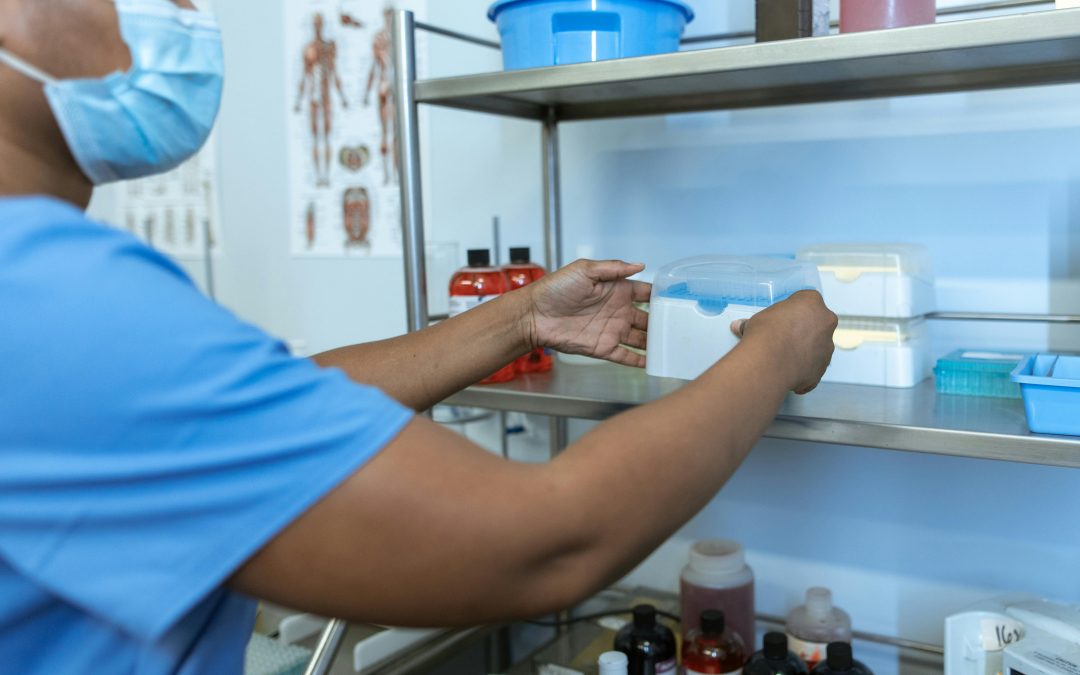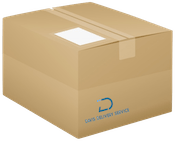Security, safety, quality control, and accountability. Always important considerations in freight transportation, but especially so in pharmaceuticals and life sciences. As regards the rapidly developing cold chain logistics sector in pharmaceuticals/life sciences from manufacturer to the patient, the stakes are raised. The demand in cold chain for precise temperature controls in storage and transporting cell and gene therapies, vaccines, and biologics is exacerbated by the high dollar values involved. Shipments of these specialty pharma and life sciences products can ring the cash register in the hundreds of thousands or millions of dollars. Loss of temperature quality control potentially impacts not only patient health and outcomes but can result in significant financial loss.
Technology Enhances Cold Chain Logistics Capability
Advances in technology, including IoT, blockchain, and AI are providing increased assurance of quality and accountability in transportation of pharmaceutical products requiring cold chain specialty logistics. Transparency over the entire supply chain, from manufacturer to provider, or manufacturer directly to patient, allow for real-time monitoring of temperature as well as GPS location, predictive analytics, and total visibility. Benefits include continually optimized logistics and proactive risk mitigation.
Keith Miller, Chief Business Development Officer at validated temperature-controlled packaging provider Akuratemp LLC, said that better patient outcomes are the goal. “Protecting product or specimen integrity, ensuring regulatory compliance, and driving operational efficiency across the cold chain requires more than traditional methods – it demands validated, reliable, and data-backed solutions,” said Keith. “Validated passive shippers and courier totes provide thermal protection and consistency, while IoT-based monitoring- capturing temperature, relocation, and other key metrics – delivers real-time visibility and actionable insights.” A resilient, compliant, and performance-driven cold chain that improves patient outcomes and organizations can trust is the result.
Tracking and Monitoring Technology Deployed in Cold Chain Includes:
- GPS centered real-time tracking.
- Temperature monitoring technology. Packaging labels with embedded sensors monitor temperature and other environmental conditions.
- Traceability/data logging. Data is generated regarding temperature, location, and handling is logged. Unique identifiers are assigned at the packaging/unit level.
Four Levels of Temperature Control in Life Sciences and Pharmaceutical Cold Chain
The pharmaceutical industry follows strict regulatory guidelines from the FDA regarding safety and efficacy. Generally accepted standards in temperature controls are:
- Refrigerated: 2° to 8° Centigrade (36° to 46° Fahrenheit) are the most common range for biologics, including vaccines. Most common use of the term “cold chain.”
- Frozen: below -20° C (below -4° F) referred to as “ultra-cold chain.
- Ultra-low: below -80° C (-112° F) are required for some COVID-19 vaccines and need specialized freezers.
- Cryogenic: below -150° C (lower than -238° F) extreme cryopreservation methods for cell therapies and gene modified cells. Liquid nitrogen required to halt biochemical and metabolic processes in the cells.
Packaging Standards for Cold Chain Logistics
- Temperature Monitoring. Passive systems incorporate insulation and refrigerant substances to control temperature. Active systems use electrical or mechanical components with thermostats. There are hybrid systems that combine both methods.
- Packaging materials. Selection considers the product’s sensitivity to temperature, how long the product will be in transport, and environmental conditions.
- Rigorous testing and validation ensure maintenance of required temperature ranges under specific conditions.
The critical nature of cold chain pharmaceutical logistics demands specificity and transparency of journey location through the supply chain. IoT devices, sensors, and real-time tracking systems provide assurances of performance. Reduction of waste, counterfeit prevention, and enhanced patient safety are critical results.
By implementing these systems, pharmaceutical companies can ensure the quality, safety, and efficacy of their products while optimizing their supply chain operations.


